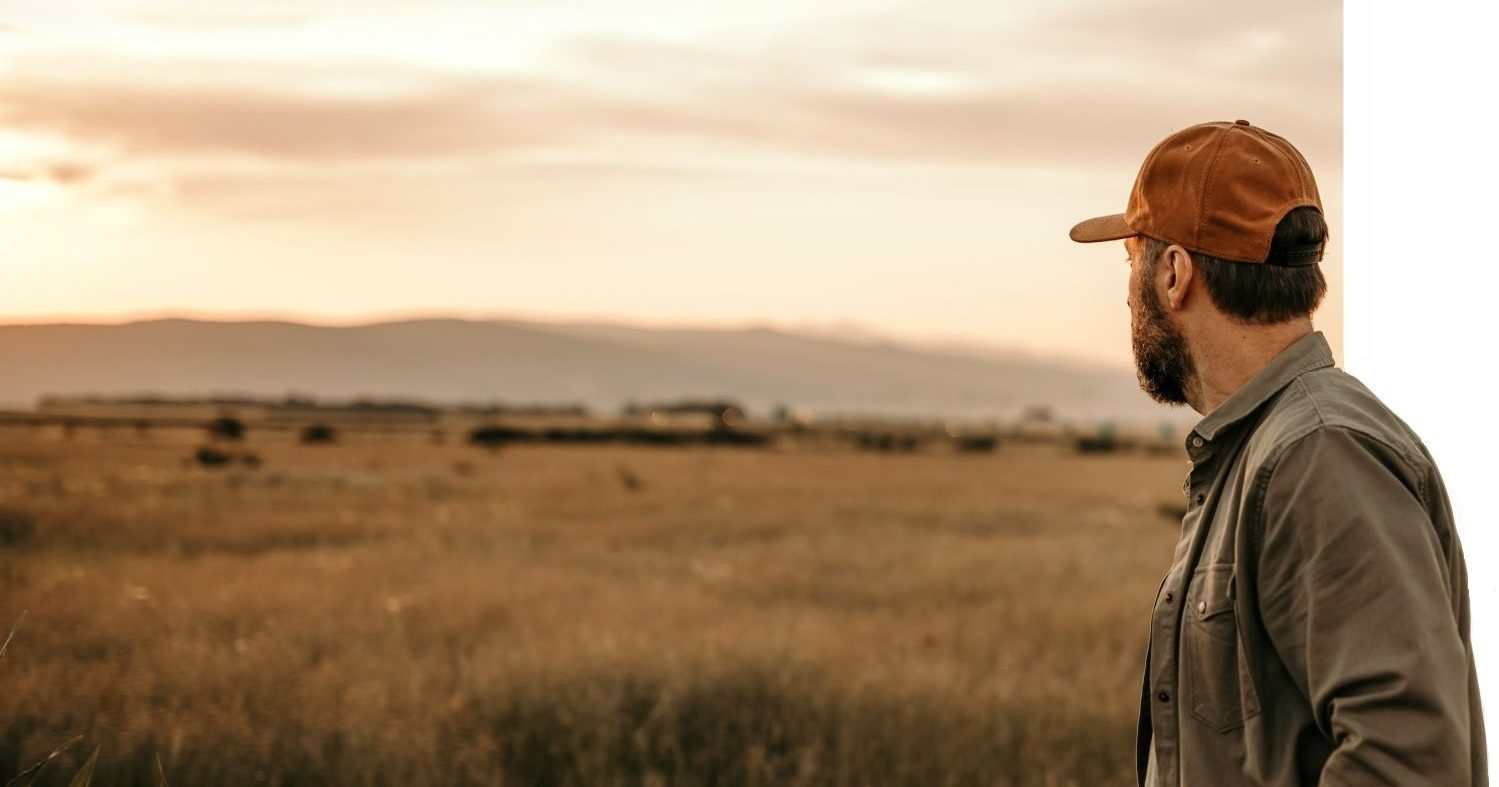AB Direct - Steers
Rail: 492.00-493.50 FOB feedlot (last week)
AB Direct - Heifers
Rail: 492.00-493.50 FOB feedlot (last week)
US Trade- Steers
Rail: 355.00-363.00 (IA, NE) last week
US Trade - Heifers
Rail: 355.00-363.00 (IA, NE) last week
Canadian Dollar
0.19

Looking to a post-drought spring
As you walk across a drought-stricken perennial forage stand, you’ll hear the crunch of dry grass, and see the cracking of soils, eager for more rain. There may be enough grass to inspire hope, to catch snow, and to offer a quick start to next year’s grazing season. Or, there may not.
Perhaps this year, amidst the onslaught of drought stresses, the herd grazed longer or harder than is typical.
“In a drought year, you’re always kind of behind,” Vern Baron empathizes, as he reflects on the droughts of the Canadian prairies. “We are behind because we are hoping for rain and if it comes we are in good shape, but if it doesn’t we have grazed beyond the capacity to recover or regrow before we have weaned or reduced the stocking rate.”
Dr. Baron is a research scientist for Agriculture and Agri-Food Canada. He knows drought, and the toll it takes on people, plants, and planning. But he also knows to look for those silver linings.
And maybe one of those is right beneath our feet. Beneath the crunch of the pained grass — a healthy, living system that stands ready to support its (and our) recovery.
Soils standing at attention
“Our soils are quite resilient to drought, and healthy soil actually does have quite a good bounce-back. The microbes will just sit there and wait for moisture,” says Dr. Francis Larney, of Agriculture and Agri-Food Canada, adding that nutrient mobility is also minimal during dry years.
To weather more drought, Larney suggests increasing organic matter and water-holding capacity, where possible. Apply manure or compost, and adopt or continue no-till practices.
“If we get into a drought cycle, and we get a few years of low yields in a row, we’re going to open ourselves up to maybe some wind erosion problems, unfortunately.”
To help reduce the risk of wind erosion, producers can consider adding perennials or cover crops to annual rotation.
Pasture species in recovery
As for the perennial grasses already in the rotation, we’ll have to cut them some slack. And consider how heavily they were grazed leading up to winter.
“If you’re going to graze late in the fall, don’t expect to go on it early in the spring,” says Baron, who advises considering your operation, its specific species and paddocks, and your definition of success.
“If success to you is to have a rapidly growing, vigorous forage stand in late April through May, then you have to have large, dense, healthy tillers…coming up the following spring. And usually, to get that you have to have…some tillers there that are a good size in the fall.”
In formulating rotational grazing situations with high stocking rates, Baron prefers to see about four to six inches worth of growth before opening the gates to grazing. In Central Alberta, in an average year, that may mean waiting until around June 1, and perhaps longer post-drought, or post-overgrazing.
“You’ve got to think about – what is success for you,” says Baron. “In a drought year, your expectation has to be less.”
Dr. Vern Baron admits there’s no perfect solution to drought planning and management,
but offers some recommendations:
Grazing Planning Ideas
- Give forage crops ample time to recover.
- Think of soil moisture as a budget, and let it replenish.
- Know where you’re at in terms of production capacity.
- Moderate your stocking rate.
- Include species that withstand higher temperatures in your forage mixture.
- Look for species that will rebound after drought.
- Devote some land to alternative pastures of annuals. (Winter cereals might be harvested, or used as emergency crops for spring grazing or greenfeed.)
- Monitor pastures and crops, as well as the condition of your livestock.
- Incorporate stockpiled grazing into your fall plan.
This article was first published in Volume 1 Issue 4 edition of ABP Magazine (November 2021). Watch for more digital content from the magazine on ABP Daily.


